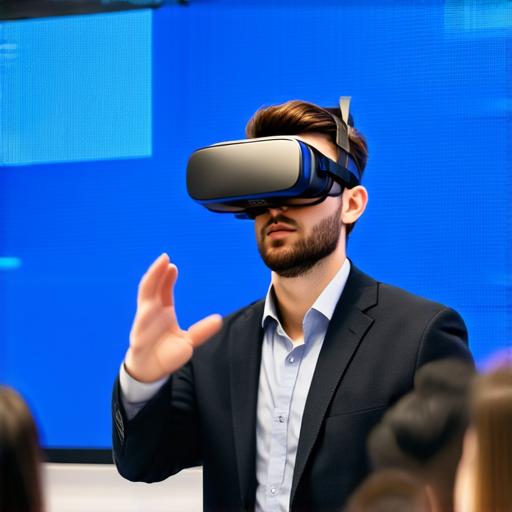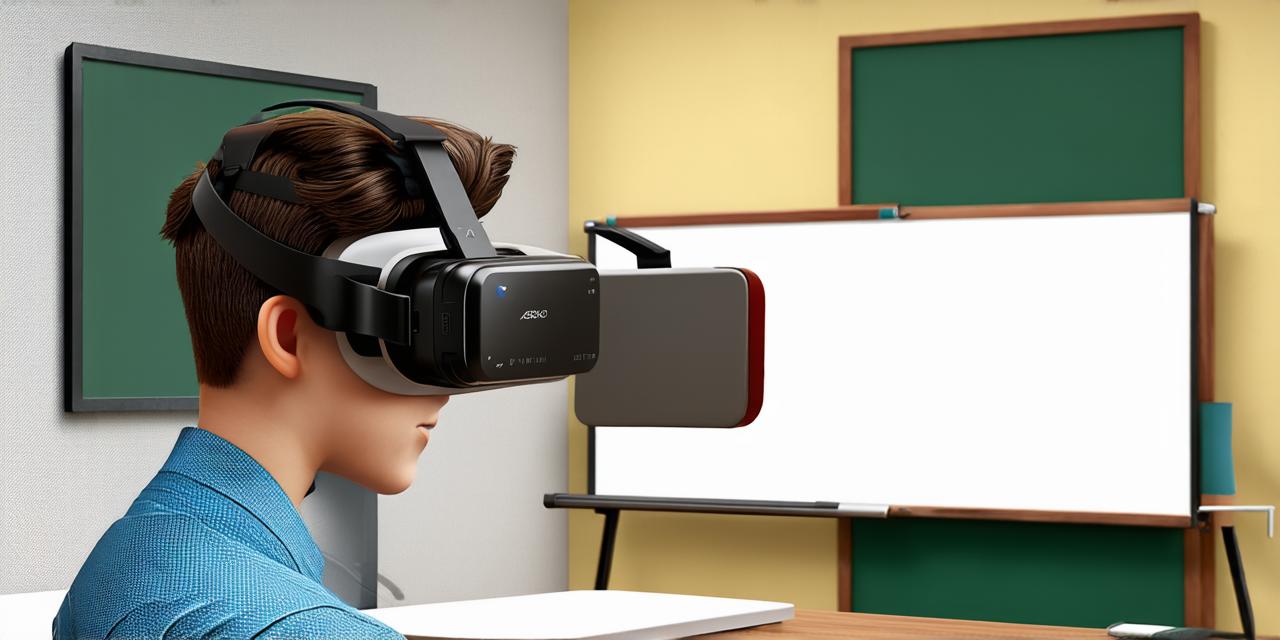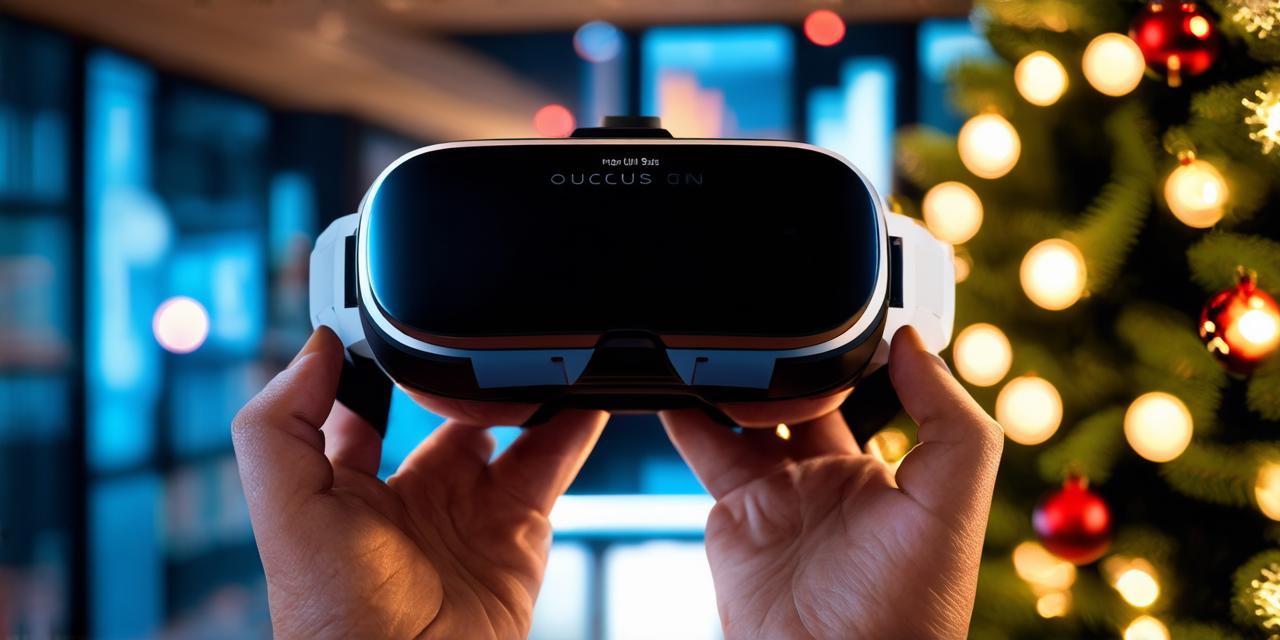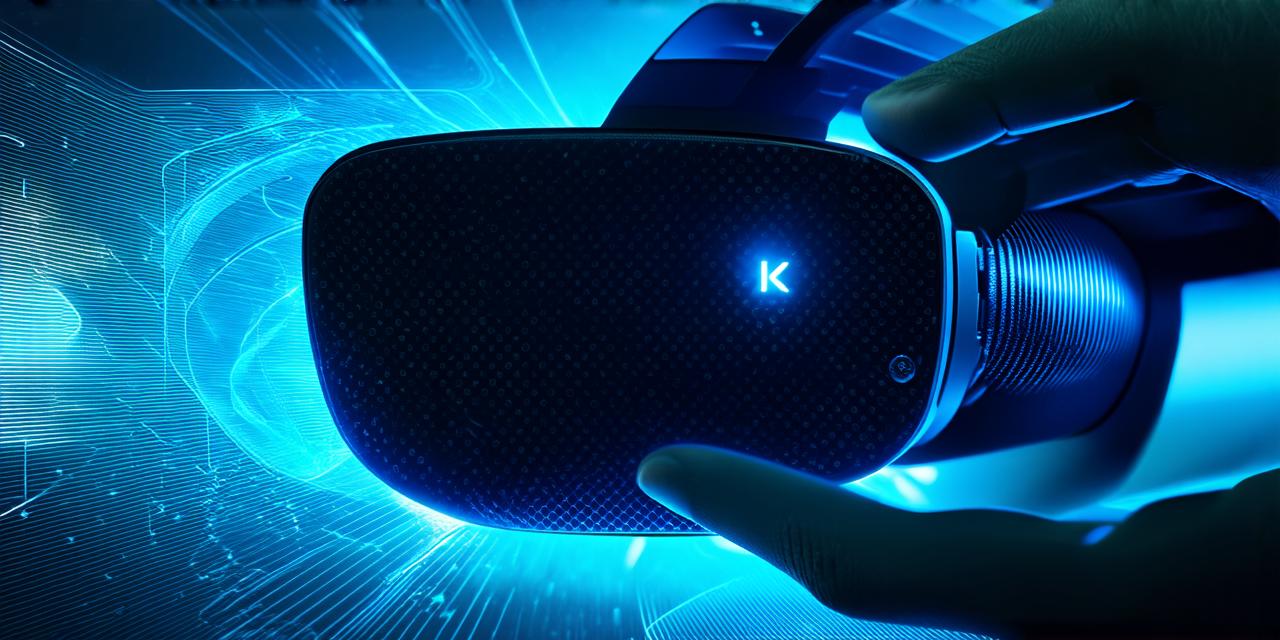Virtual reality (VR) is a rapidly growing technology that is transforming many industries, including education. VR allows teachers to create immersive learning experiences for their students, providing them with an engaging and interactive way to learn.
Improved Engagement
One of the main reasons why virtual reality improves teaching methods is that it increases engagement in the learning process. VR provides students with a unique and immersive experience that captures their attention and keeps them engaged throughout the lesson. For example, a VR simulation can be used to teach biology by allowing students to explore and interact with different ecosystems and animals.
Increased Retention
Another benefit of using virtual reality in teaching methods is that it can increase retention. When students are engaged and enjoying the learning process, they are more likely to remember what they have learned. VR can also help students to better understand complex concepts by allowing them to visualize and interact with them in a way that is not possible with traditional teaching methods.
Improved Accessibility

Virtual reality can also improve accessibility for students who may have difficulty learning in traditional classroom settings. For example, VR can be used to create simulations that are specifically designed for students with disabilities or learning difficulties. These simulations can help these students to develop their skills and confidence in a safe and controlled environment.
Personalized Learning
Virtual reality can also enable personalized learning by allowing teachers to customize the learning experience for each individual student. For example, a VR simulation can be designed to cater to the needs and abilities of different students, allowing them to progress at their own pace.
Real-life Examples
There are many real-life examples of how virtual reality has been used to improve teaching methods. For example, NASA has developed VR simulations that allow students to explore the surface of Mars and learn about its geology and climate. Similarly, medical schools have started using VR simulations to train doctors and nurses in a safe and controlled environment.
Conclusion
In conclusion, virtual reality can improve teaching methods by increasing engagement, improving retention, increasing accessibility, enabling personalized learning, and providing real-life examples. With the rapid growth of VR technology, it is likely that we will see even more exciting developments in education in the years to come. As AR developers, it is important for us to stay up-to-date with these developments and consider how they can be incorporated into our own work. By doing so, we can help to create a better future for education and ensure that all students have access to engaging and effective learning experiences.




